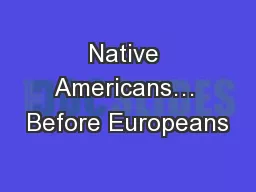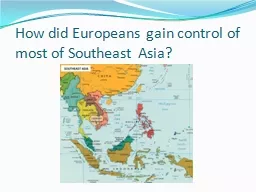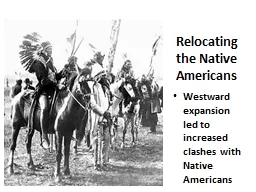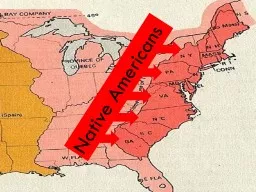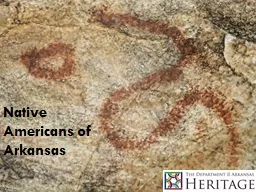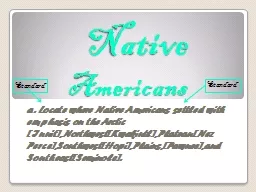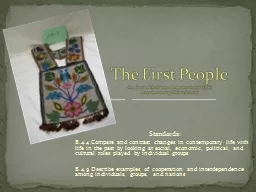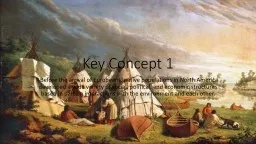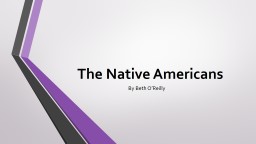PPT-Native Americans… Before Europeans
Author : giovanna-bartolotta | Published Date : 2018-02-06
New World Cultures At the time of Spanish arrival 1492 New World Cultures Mayas Kukulkan Pyramid Chichen Itza New World Cultures Aztecs Ziggurats Calendars Pictographs
Presentation Embed Code
Download Presentation
Download Presentation The PPT/PDF document "Native Americans… Before Europeans" is the property of its rightful owner. Permission is granted to download and print the materials on this website for personal, non-commercial use only, and to display it on your personal computer provided you do not modify the materials and that you retain all copyright notices contained in the materials. By downloading content from our website, you accept the terms of this agreement.
Native Americans… Before Europeans: Transcript
Download Rules Of Document
"Native Americans… Before Europeans"The content belongs to its owner. You may download and print it for personal use, without modification, and keep all copyright notices. By downloading, you agree to these terms.
Related Documents

